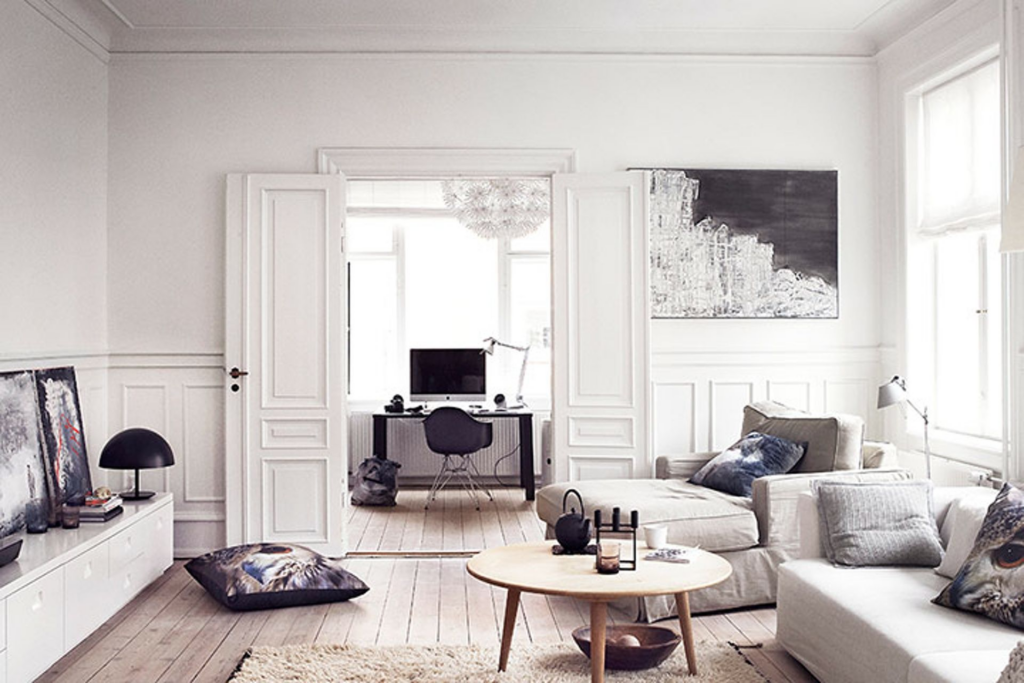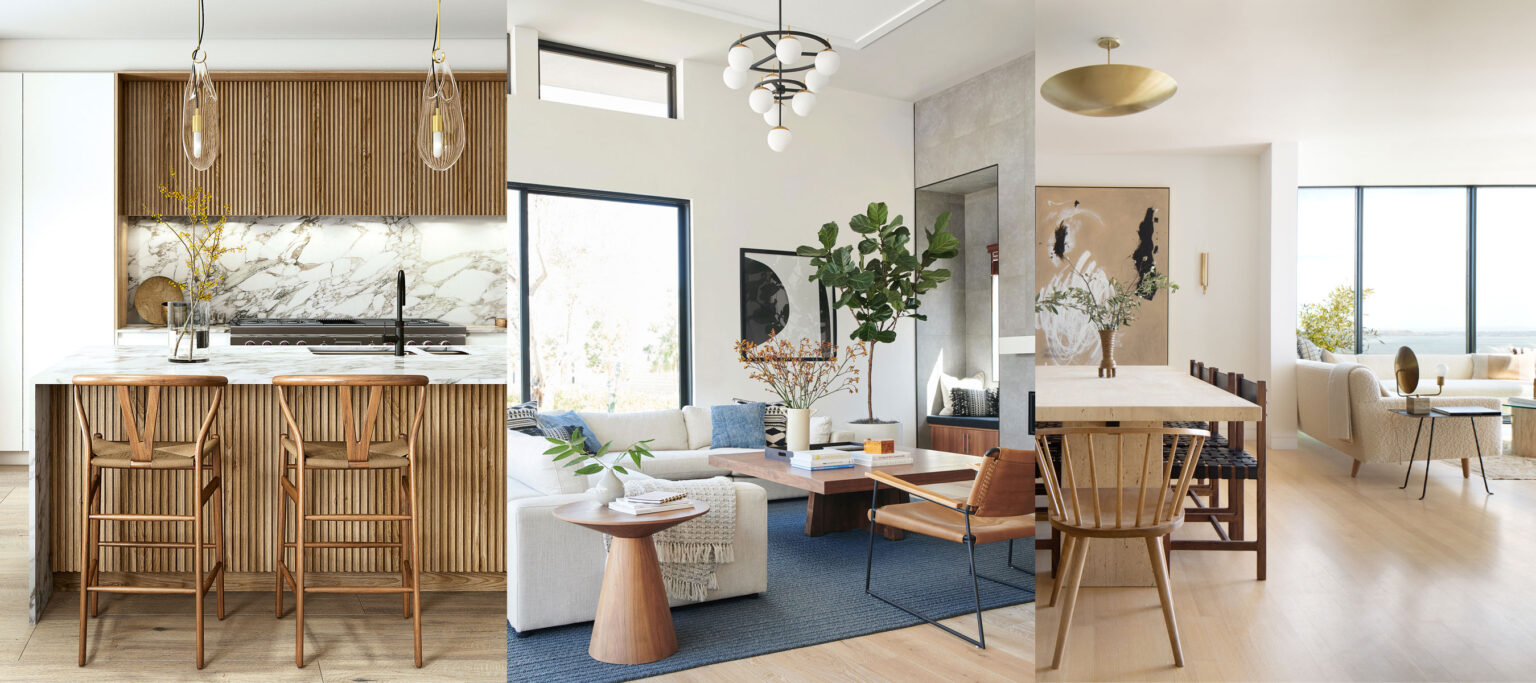Scandinavian interior design is all about simplicity, functionality, and a deep connection to nature. Originating from countries like Sweden, Norway, and Denmark, this design style embraces clean lines, minimalism, and cozy comfort — often described by the Danish concept of “hygge” (a feeling of warmth and well-being). If you’re looking to create a calm, stylish, and modern home, here’s how to do it the Scandi way.
1. Stick to a Light and Airy Color Palette
The Scandinavian color palette typically revolves around white, light grey, beige, and soft pastels. These tones help brighten up interiors, especially during long winters with minimal sunlight. Accent colors like muted blues, forest greens, or charcoal greys can be added sparingly for contrast.

2. Embrace Natural Light
Scandinavian homes are designed to maximize natural light. Keep windows uncluttered with sheer curtains or no curtains at all. Use mirrors to reflect sunlight and choose light-colored flooring like whitewashed wood to enhance brightness. Clean, open windows are a must!
3. Choose Functional, Minimalist Furniture
Scandinavian furniture is known for its sleek lines, tapered legs, and functionality. Go for neutral tones, natural wood finishes, and pieces that combine style with comfort. Think low-profile sofas, modular storage, and cozy armchairs.
4. Add Textures to Create Warmth
While the design is minimalist, Scandinavian interiors never feel cold. They balance clean lines with cozy textures like wool, cotton, sheepskin, and linen. Layer area rugs, throw blankets, and cushions to bring that inviting, hygge feeling into the space.
5. Keep It Clutter-Free with Smart Storage
Storage is essential in Scandi interiors. Choose multi-functional furniture with built-in storage, use floating shelves, and keep countertops clear. The goal is to create open, breathable spaces that feel fresh and uncluttered. Muuto offers great examples of Scandinavian design that combine storage with style.
6. Use Greenery and Natural Elements
Plants are a must in Scandinavian design. They add life and soften minimal spaces. Choose low-maintenance indoor plants like snake plants, rubber plants, or monstera. You can also include natural elements like wooden bowls, stone planters, or ceramic vases.
7. Incorporate Art and Personal Touches
Although the design leans minimal, adding abstract artwork, monochrome photography, or handcrafted pottery can personalize the space. Use neutral or black frames to keep everything cohesive and elegant.
Also Read : DIY Wall Decor Ideas to Elevate Your Home Interior Design





